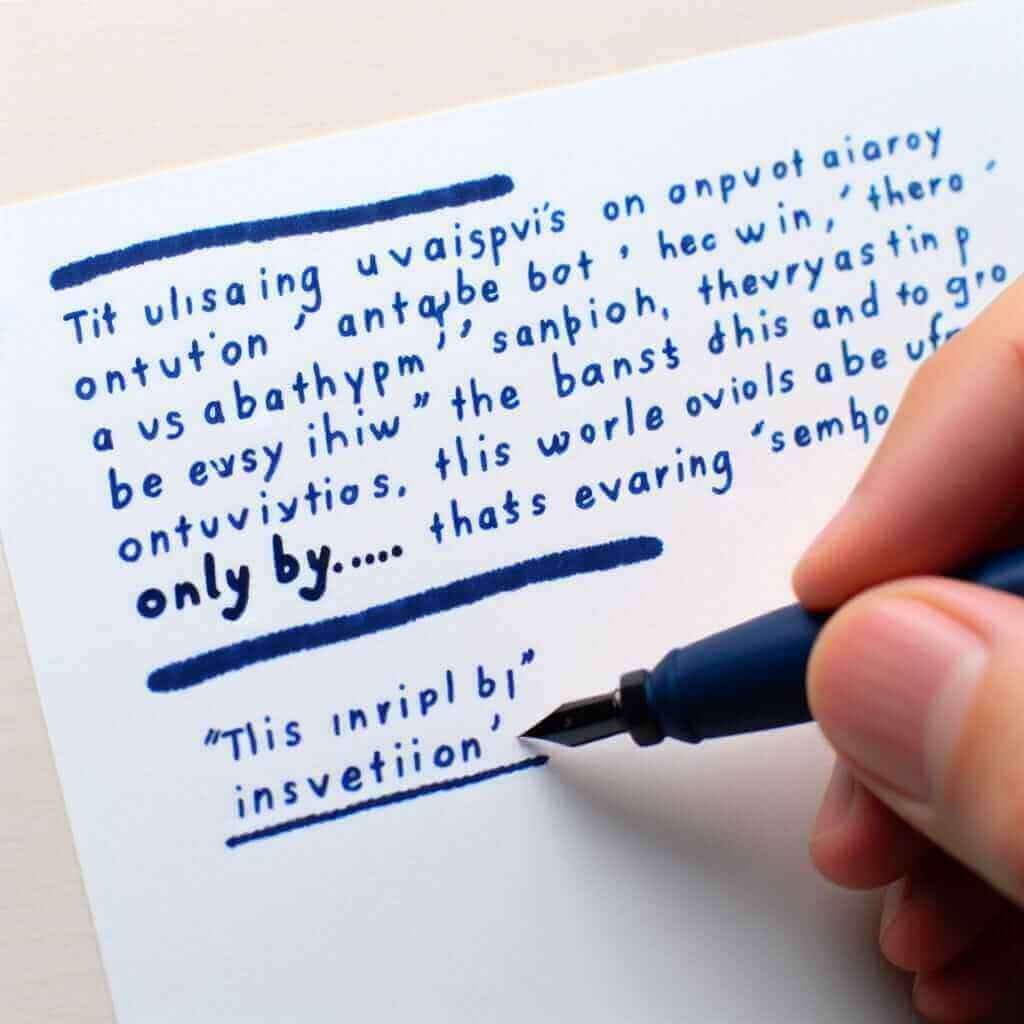The phrase “Only by learning from mistakes can we grow” is a classic example of inversion in English, a grammatical structure often tested in the IELTS exam, particularly in the Writing section. This structure adds emphasis and sophistication to your writing, showcasing your command of complex grammatical structures.
Nội dung bài viết
Let’s see some examples of how this inversion can be used in different parts of the IELTS exam:
Speaking Part 3:
- “Many people fear failure, but I believe only by embracing our mistakes can we truly learn and improve.” (This sentence uses inversion to emphasize the importance of learning from mistakes)
Writing Task 2:
- “Some argue that standardized tests are the best way to evaluate students. However, others believe that only through diverse learning experiences can students reach their full potential.” (Here, inversion highlights the significance of varied learning experiences.)
Now, let’s delve deeper into understanding and utilizing this grammatical structure effectively.
Understanding Inversion with “Only by…”
Inversion is when we reverse the typical subject-verb order in a sentence. We use this to create emphasis or a more formal tone.
The structure “Only by + -ing form + auxiliary verb + subject + main verb…” is used to highlight the necessary condition for something to happen.
Frequency in IELTS
While not overly common, using inversion correctly demonstrates a strong command of grammar, which is crucial for achieving a higher band score. Expect to encounter or find opportunities to use this structure a few times within the entire IELTS exam.
Formula and Application
Here’s the formula for this inversion:
Only by + -ing form + auxiliary verb (do/does/did/can/could/will/would) + subject + main verb…
Application:
- Speaking: Use it when you want to express a strong opinion or belief, especially about necessary conditions for success or growth.
- Writing Task 2: Employ this structure when arguing a point and wanting to emphasize a particular method or approach as the sole path to achieving a desired outcome.

Model Answers with “Only by…”
IELTS Writing Task 2
Question: Some people believe that formal pen and paper examinations are outdated and should be replaced by modern assessment methods. Do you agree or disagree?
Answer:
While modern assessment methods offer certain advantages, it is important to recognize the enduring value of formal examinations. Only by requiring students to organize and articulate their thoughts under timed pressure can we truly assess their understanding and ability to apply knowledge effectively. Furthermore, the experience of preparing for and taking formal exams cultivates valuable skills such as time management, focus, and resilience, which are essential for success in all aspects of life.
IELTS Speaking Part 3
Examiner: Do you think making mistakes is an important part of the learning process?
Candidate: Absolutely. I firmly believe that only by learning from our mistakes can we truly grow and improve. Mistakes offer invaluable opportunities for reflection and identify areas where we need to focus our efforts.
Achieving a Higher Band Score
- Varied Sentence Structure: Don’t overuse inversion. Use it strategically to create emphasis and demonstrate grammatical range.
- Natural Language: Ensure the inversion sounds natural within your sentence and doesn’t feel forced.
- Contextual Relevance: Use this structure when it truly adds meaning and impact to your argument or point.
Common Errors to Avoid
- Incorrect Verb Form: Remember to use the “-ing” form of the verb after “by”.
- Incorrect: Only by learn from our mistakes can we grow.
- Correct: Only by learning from our mistakes can we grow.
- Missing Auxiliary Verb:
- Incorrect: Only by practicing we can improve.
- Correct: Only by practicing can we improve.
Conclusion
Mastering inversion, especially with the structure “Only by…”, can significantly enhance your IELTS writing and speaking scores. It allows you to express complex ideas with greater clarity and sophistication, demonstrating your command of English grammar. Remember to practice using this structure in various contexts, always paying close attention to the correct verb forms and word order.